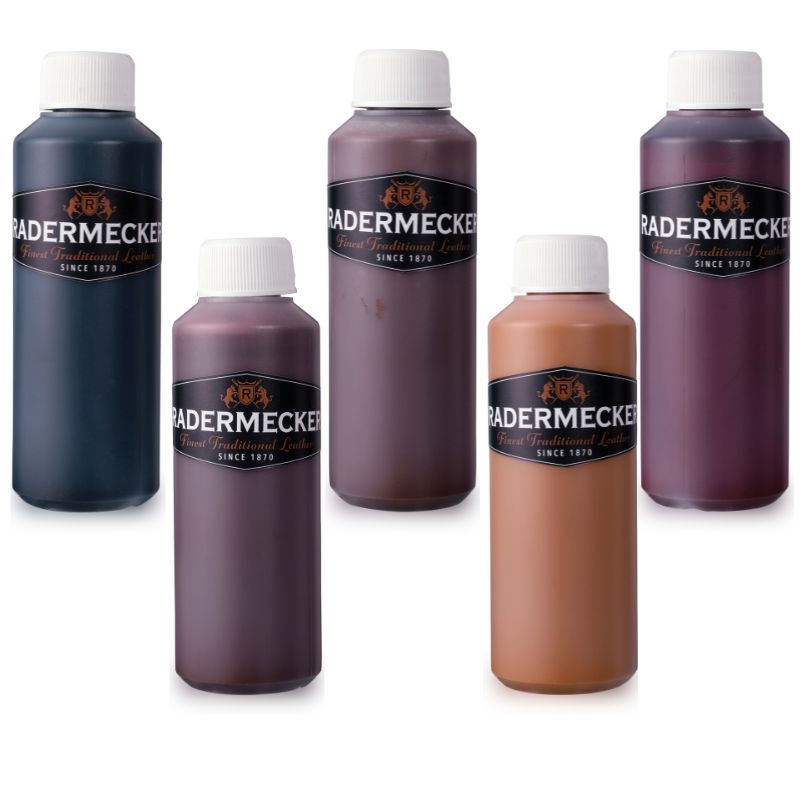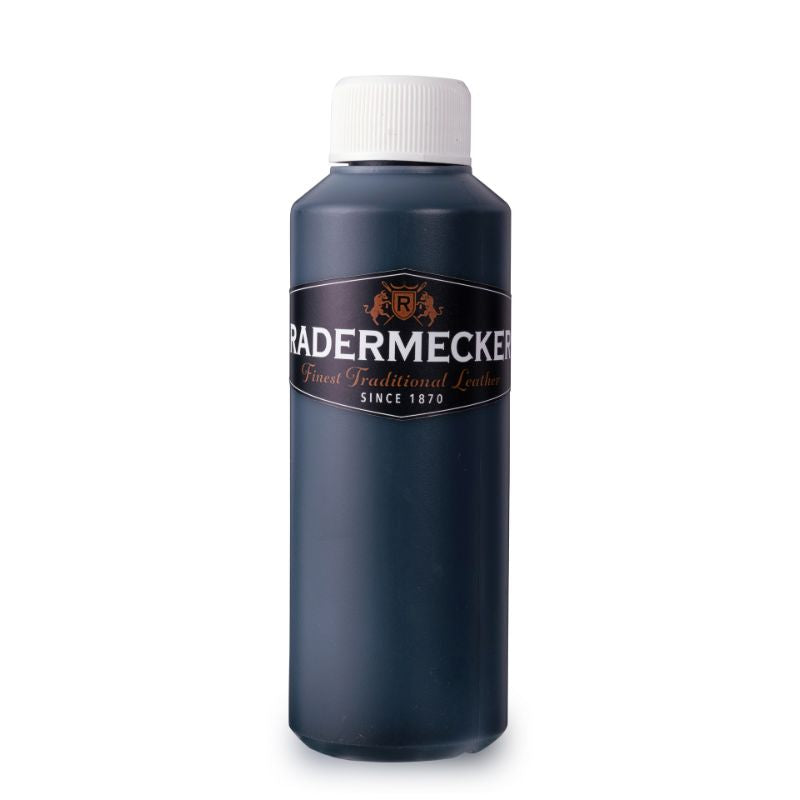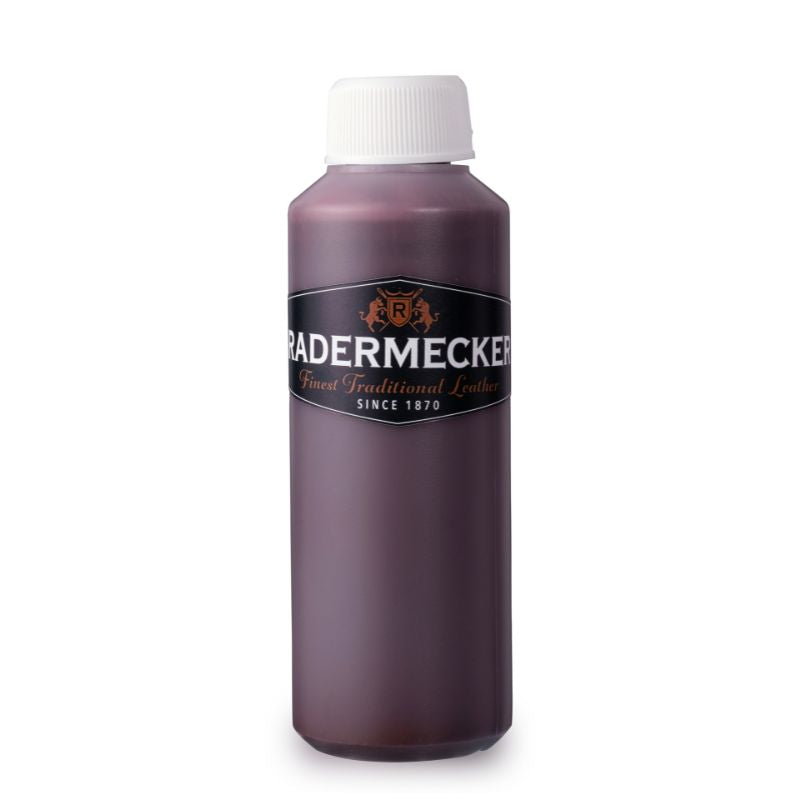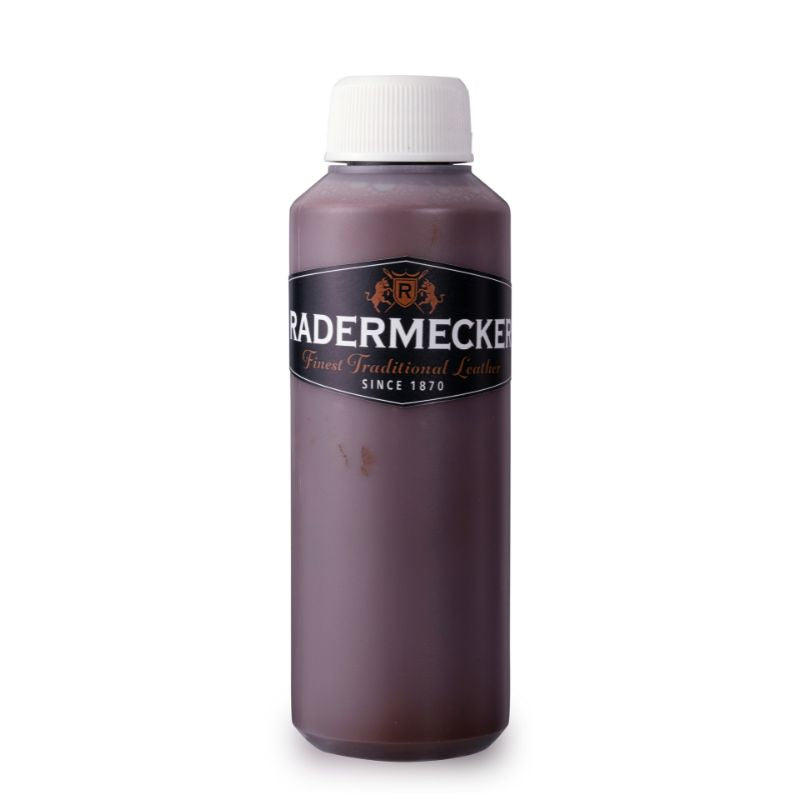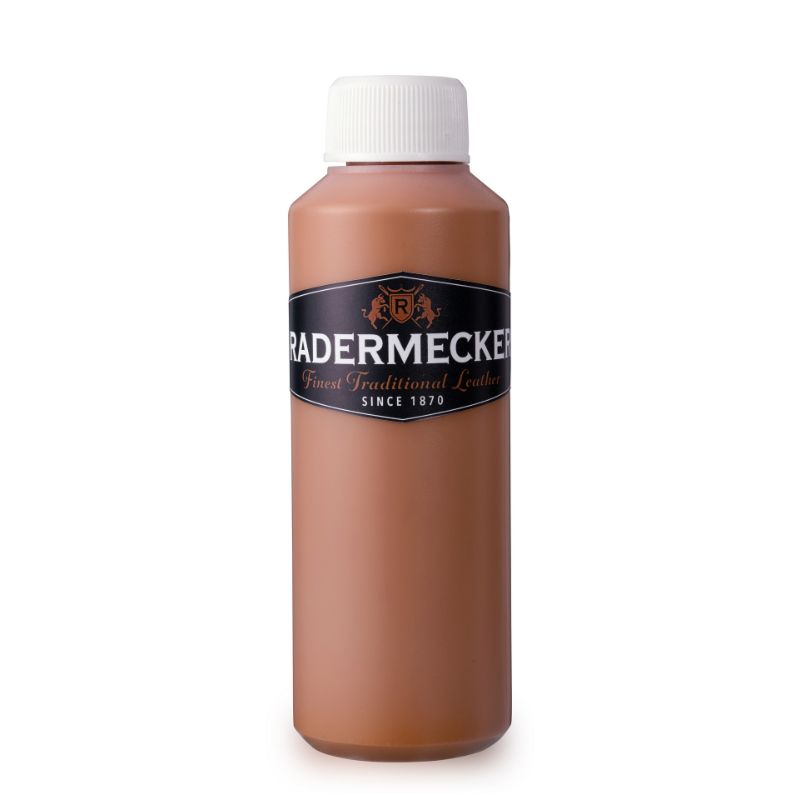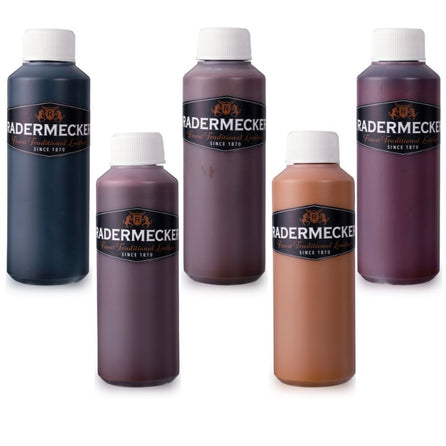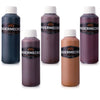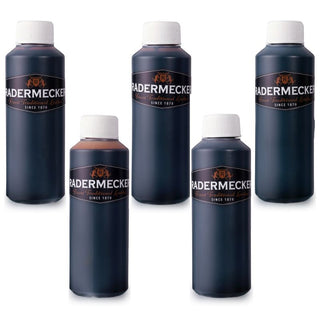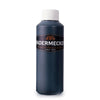
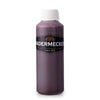
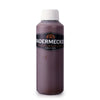
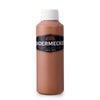
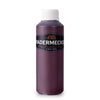
Edge paint for vegetable and mineral tanned leather
How do we dye the edges of our full grain leathers?
What is edges paint for leather?
As a leather craftsman working with natural leather, do you want to give a beautiful edge finish to the leather of your saddlery items or leather goods? Edges paint, also known as edge dye, gives a professional finish to your creations by giving a beautiful effect on the edges of the leather. Edges paint hides imperfections and ensures the finished look of leather goods. Leather edges paint has good coverage, excellent adhesion and mechanical strength.
The edges paint are produced in the Tannery, based on the shades of Radermecker saddle leathers: Black, Chocolate, Havana, Cognac and Victoria.
The edges paint is a water base mixed with organic and metal pigments.
The edges paint are available in 250ml bottles.
On which leathers can edges paint be applied?
Edges paint can be applied to any type of vegetable or mineral tanned leather.
Tips for using and applying our edges paint for leather
Edges paint is applied in two layers, with drying in between.
Edges paint for leather can be applied with a brush, a wool applicator or a metal applicator, also known as a dye roller. The craftsmen at Radermecker Tannery apply the edges paint with a felt-tip pen to avoid any spillage or dripping on the grain side of the leather.
As the edges paint is saturated with pigments, diluting it will not result in a lighter shade. In order to obtain other shades, the edges paint for leather can be mixed with each other. It is not possible to mix leather edges paint with aniline leather dyes as the polyurethane base and the aqueous pigments will not mix with the solvent, and this may produce a precipitated molasses.
If you want to add shade to your saddlery items or leather goods, discover the aniline leather dye available in Black, Chocolate, Havana, Cognac and Victoria.

